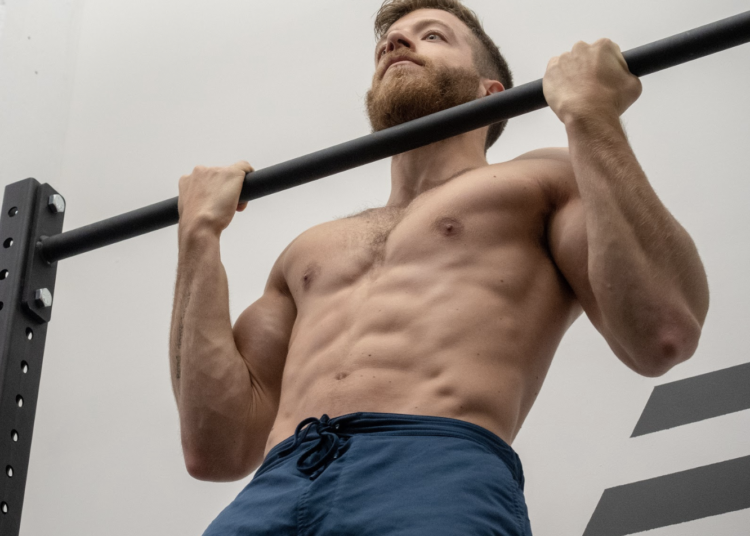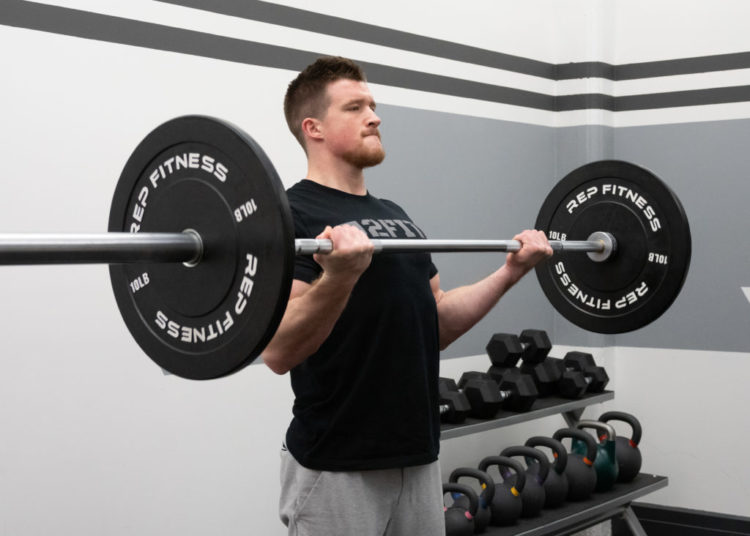Who doesn’t love supersets?
You can pair almost any two exercises together to build muscle, lose fat or bring up a lagging body part. Not only that, you’ll do more work in less time and hit the showers early while the gym bunnies are busy taking their Instagram selfies.
If supersets are not a part of your routine, it’s definitely worth putting them in because your results are waiting.
Here is the lowdown on supersets and why they should be a regular part of your training.
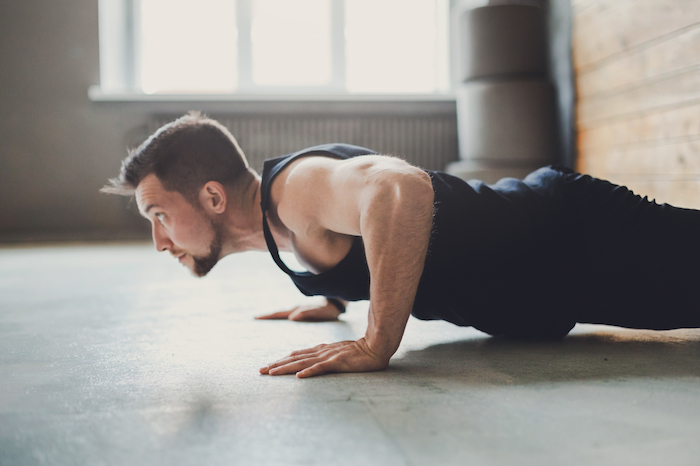
Advantages of Supersets
- Increase the efficiency of your training because you’re reducing the rest intervals between exercises. (Just make sure you have all the equipment you need beforehand.)
- Having reduced rest periods will increase intensity of your training by performing more work in less time.
- Great for bringing up a lagging body part and for building muscle.
However, supersets aren’t meant for every goal.
Disadvantages of Supersets
- In some scenarios, an increase in intensity can lead to a drop in performance and compromised technique.
- It’s difficult to juggle different weights for different exercises. Monopolizing the equipment in a busy gym may lead you to being unpopular.
- As good as the they are for hypertrophy and fat loss, they’re not the most ideal way to build strength.

5 Superset Types With Training Examples
The types of supersets you use depend on your current goals, whether you’re a beginner or advanced trainee, and on how much time you have to train. Here are 5 superset types that you can use right now to take your training to the next level.
1. Post-Exhaustion Supersets
This takes muscle discomfort to a new level. You combine a compound exercise with an isolation exercise afterwards to exhaust all the muscle fibers in a certain muscle group.
Why: Ideal for bringing up a lagging body part. However, make sure the compound move trains the muscle you’re going to isolate.
Quads
1A. Squat variation
1B. Leg extensions 12-20 reps
Hamstrings
1A. Hip hinge variation
1B. Stability ball hamstring curl 12-15 reps
Biceps
1A. Chin up variation
1B. Zottman curl 10-15 reps
Triceps
1A. Diamond push-ups
1B. Overhead triceps extensions 12-20 reps
Note: The isolation move can be done first to change things up.
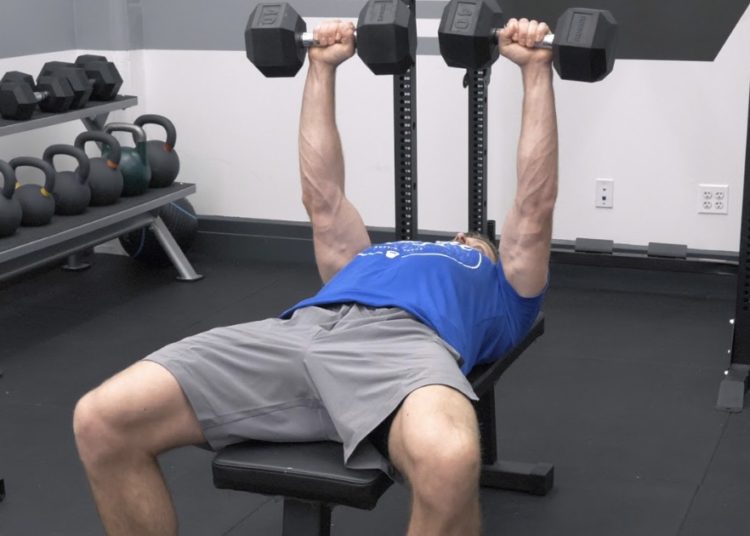
2. Compound Supersets
This is an advanced method because heavier weights are being used in both exercises on the same body part, which can lead to muscular fatigue and drop in performance and technique.
Why: However, these are great for hypertrophy, if you can stand the pain.
Chest
1A. Barbell bench variation
1B. Single arm bench press
Back
1A. Pull ups
1B. Single arm seated row
Legs: Squat Focus
1A. Barbell squat variation 3-6 reps
1B. Dumbbell jump squats (use 10-25% of your body weight) 3- 6 reps
Legs: Hinge Focus
1B. Barbell hip extensions
3. Isolation Supersets
You can save time because you’re working a smaller muscle group in the (almost) same amount of time as you’d spend doing a standard lift-rest scheme, plus all the focus is on one muscle group, helping you feel the burn.
Why: Great for bringing up a lagging body part or a weaker muscle that could be hindering your performance in a compound exercise. For example, weaker triceps hindering lockout in the bench press.
Biceps
1A. Incline biceps curl
1B. Concentration curl
Shoulders
1A. Lateral raise variation
1B. Band pull aparts (high reps)

Triceps
1A. Triceps (rope) pulldown
1B. Skull crushers
Glutes
1A. Single leg hip extensions
1B. Lateral band walk
4. Lower/Upper Body Supersets
Relatively speaking, this is the least taxing of all the techniques listed so far because you’re working two completely unrelated muscle groups. These are great for full rest and recovery of a muscle group and for full body workouts when time is an issue.
Why: These are best used for full body workouts or full body splits and are ideal for beginner trainees and fat loss.
Upper and Lower Push
1A. Squat variation
1B. Barbell bench press
Lower Push + Upper Pull
1A. Barbell squat variation
1B. Chin ups
Lower and Upper Push
1A. Barbell hip thrust
1B. Floor press
Upper Push + Pull
1A. Barbell push press
1B. Chin ups
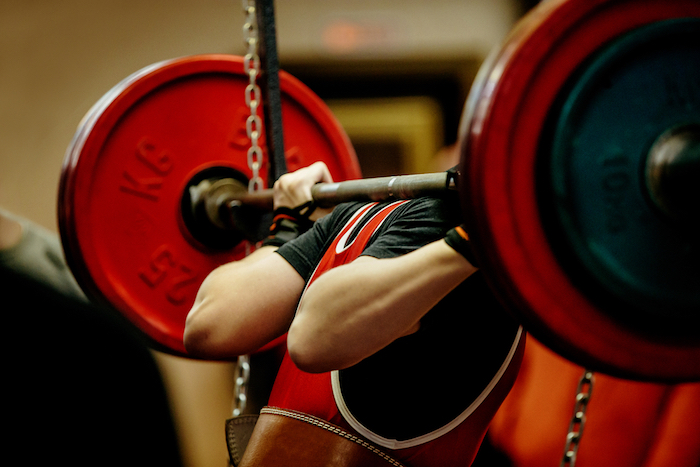
5. Strength and Mobility Supersets
A strength exercise done for heavier weight and lower reps combined with a mobility exercise to help improve your technique and recovery.
Back Strength + Hip Mobility
1A. Deadlift variation
1B. Hip flexor mobilization
Shoulder Strength + Forearm Mobility
1A. Shoulder press variation
Leg Strength + Ankle Mobility
1A. Barbell squat variation
1B. Rocking ankle mobilization
Chest Strength + Mid-Back Mobility
1A. Barbell bench press
Wrapping up
Supersets are an efficient way to train and are used in a many ways to match your goals. Pair exercises wisely for great results and enjoy the extra time you’ll save.
Featured image via prostock-studio/Shutterstock
